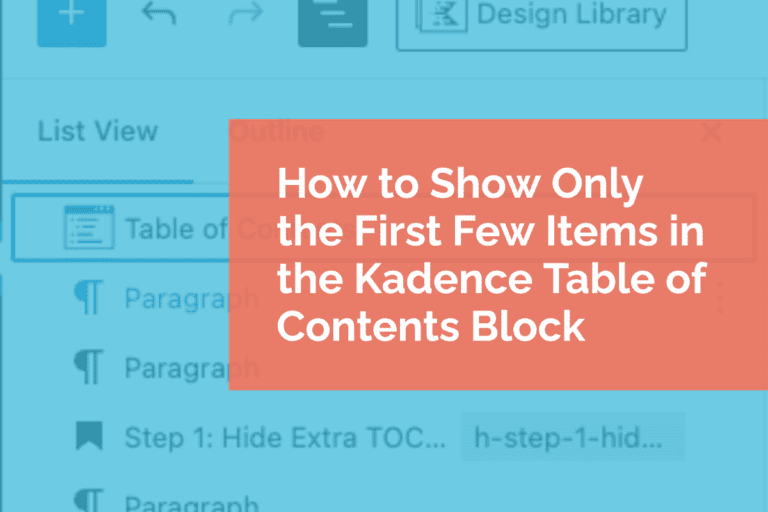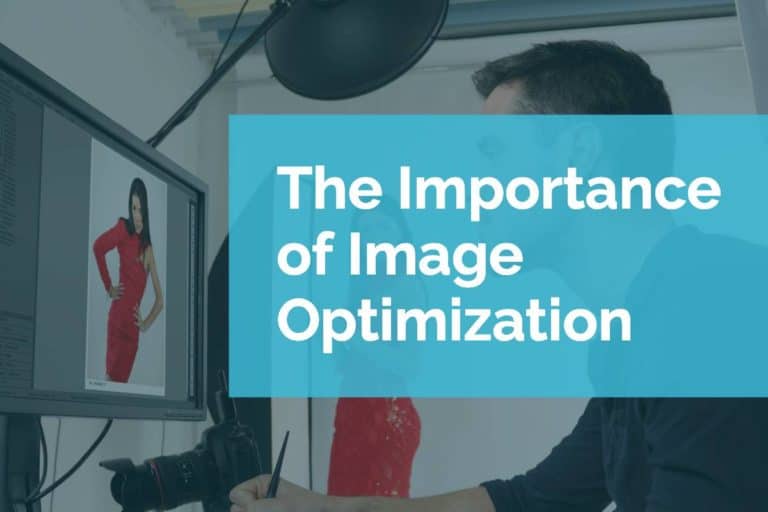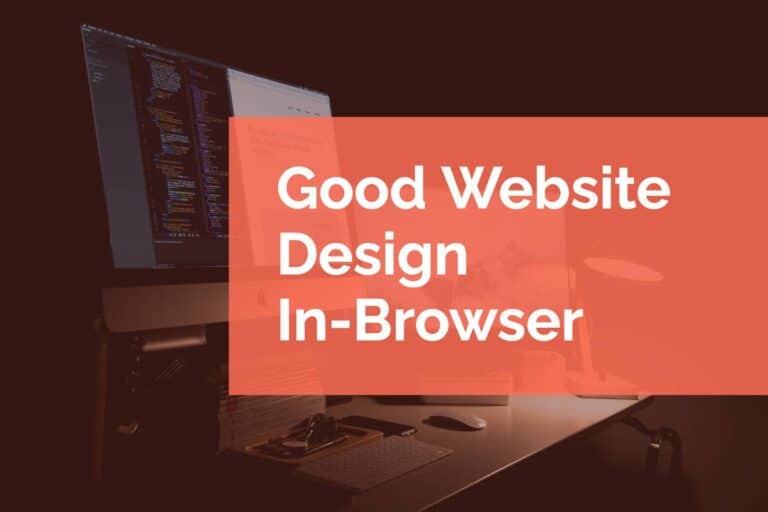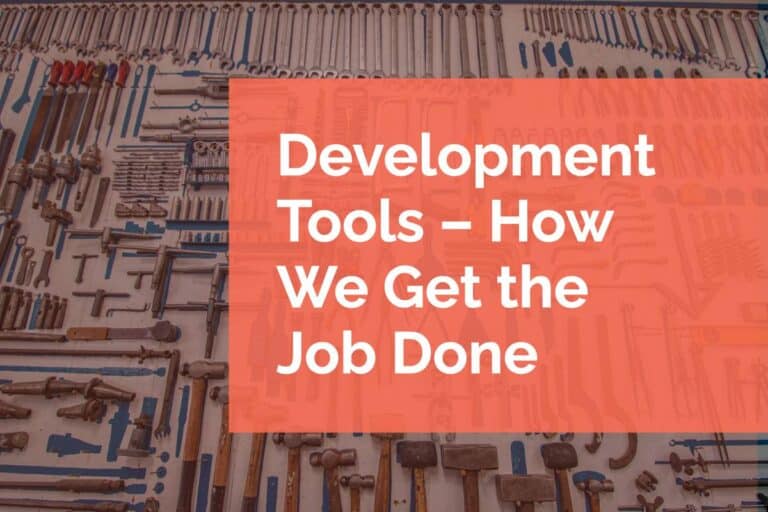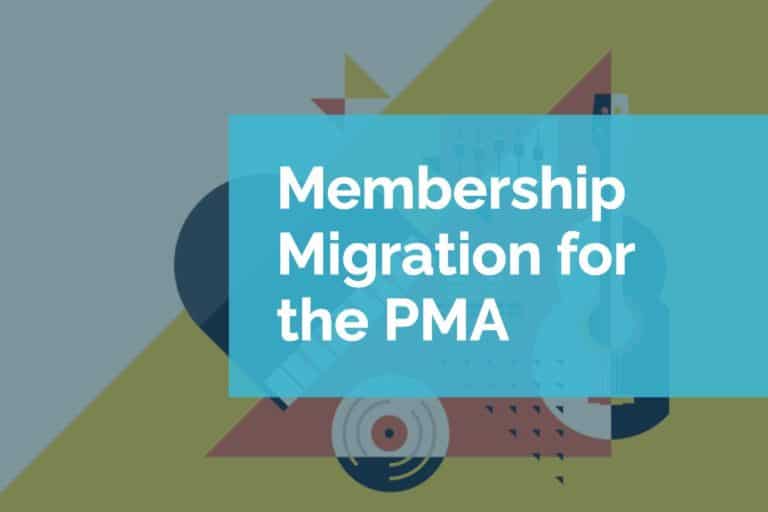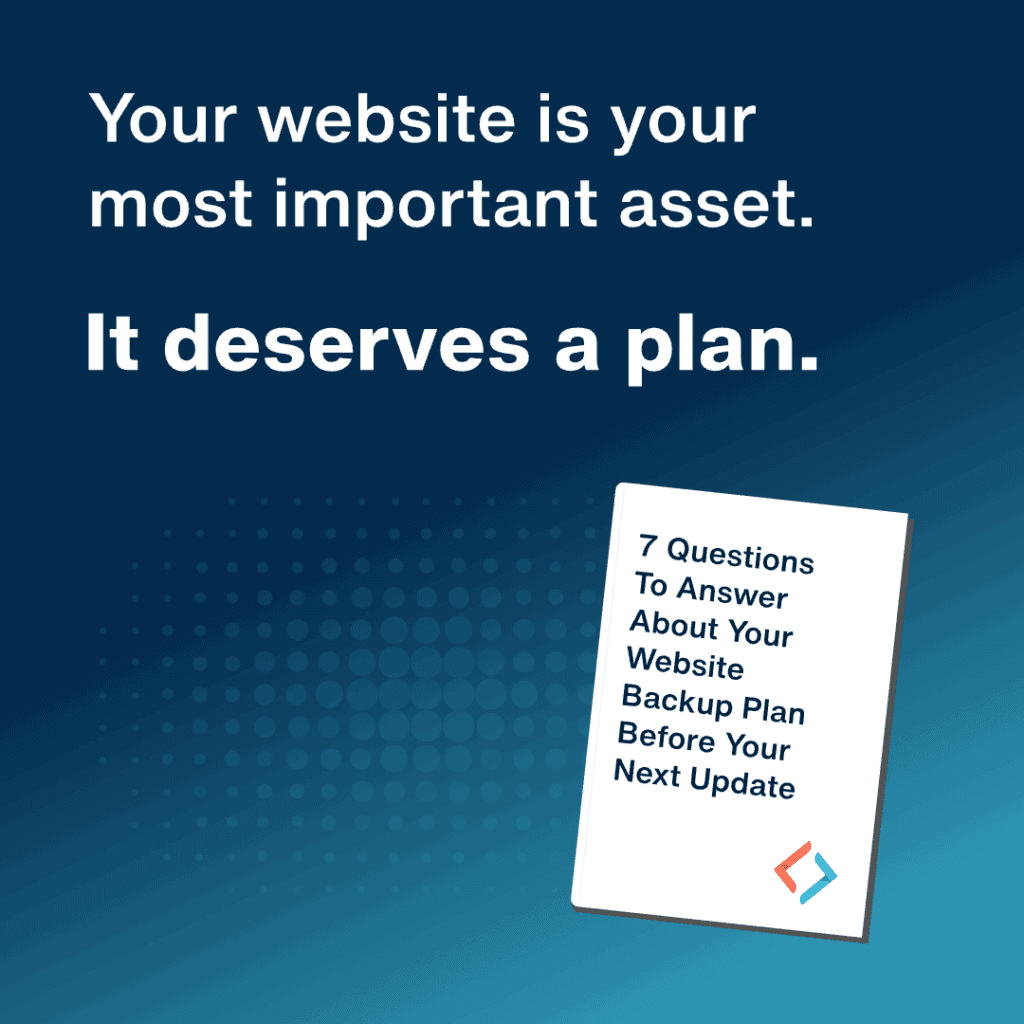Ecommerce Website Development – Next Steps
We previously wrote a post designed to help you make some initial decisions about starting out with ecommerce website development. These are definitely questions that we ask when we’re approaching a new project – whether it’s an internal project for one of our plugins or for a client. Once we’re past the basics, understanding how the site needs to be developed leads to some deeper exploration.
Choosing a Theme for Your Ecommerce Website Development
Choosing a theme can be a time-consuming task. It’s easy to second guess your needs and even easier to be swayed by an amazing demo site.
When we put together our WordPress Themes with Purpose post, one of the sections we covered was themes by industry. Focusing in on the day to day processes of your business is even more important when it comes to ecommerce. The same tactics that work for a hotel website probably won’t work for a clothing store.
Along with knowing your business, it’s very important as you first enter into selling online that you don’t go overboard on the complexity of the theme you are choosing. One of the most critical parts of an ecommerce site is optimization. You want the site to be able to complete a transaction quickly and accurately. The addition of a lot of extraneous features, especially features that you don’t need, can work against you.
Finally, don’t be swayed by a beautiful demonstration of the theme. Take a look at your assets both in terms of the number of products and the quality of the content (text content as well a images) you have created.
Additional Shipping Considerations
In the first-steps article mentioned earlier, we discussed shipping as one of the big questions you need to focus on. There are a lot of considerations that can be industry specific and can have impacts that you need to consider
- Product lifespan – Does your product go bad or have an expiration date attached to it? We think of obvious products like food items, however products that have limited time offers are also something to consider.
- Oversized items – Does your product require specialty shipping and handling? This factor alone can make ecommerce for a smaller business cost prohibitive.
- Hazardous materials – Are you shipping materials that are prohibited or require special documentation? Sometimes the material may be a component of your final product such as the case with batteries.
- International shipping – When shipping internationally you may have to deal with customs or other country specific issues.
- Multiple locations – Are you having to ship your products from multiple locations? Coordinating multiple locations can lead to additional shipments. It also leads us to our next topic…
Multiple Business Locations
Aside from the shipping concerns we discussed above, having multiple locations may mean dealing with some serious money issues. Do you need to deal with multiple banking institutions or payment gateways specific to each of your locations?
From the supply side, consider whether your pricing needs to change based on which location you’re selling from. Along with the price, collecting the tax appropriate to the location you are selling from becomes a major factor. Your books are going to need to be clear for whichever tax authority you need to answer to.
Point of Sale Integration
One of the key integrations that we often run into is point of sale (POS) system integration. This can be a particularly troublesome piece. Ideally, you’ll have a system where inventory is managed at your brick and mortar location and your online store in real time. The reality is that this can be a difficult integration to make especially if you’re dealing with a legacy POS system that was never built to handle external integrations.
Another component of the POS system is how that user experience functions in store. There have been very successful changes to the traditional cash register (like the Apple store experience). However, We have also seen disasters using similar tablet delivered decision-making. Make sure that whatever you’re using for your POS doesn’t hamper the completion of the sale for the sake of the integration with your online component.
Concurrent Users
One of the biggest technical hurdles for an ecommerce site is when push the number of adds to cart per second. Very quickly, you’ll see what normal traffic looks like for your store. It’s the unexpected (or expected) jump in sales that can happen because of a featured review on a popular blog, news segment, or social media that tests the scalability of your system. Most sites want to increase their traffic, conversions, and ultimately sales, so we’re looking for these upswings, but you want to make sure that your underlying technology is scalable as well. A lot of this scalability is going to come from your web host. Be sure to put the appropriate infrastructure in place BEFORE you run a big ad.
Measuring the Success of Your Ecommerce Site
Once your ecommerce site is up and running, you need to understand how it’s performing. As with all sites we recommend that you connect to a Google Analytics account. At the very least this will give you some baseline traffic information. As you get more involved with your analytics (and you should) you can set up Google Analytics ecommerce tracking to get a deeper understanding of your current performance.
Aside from Google there are a number of third party analytics services that can add a lot of value to understanding what’s going on with your website. Services like Kissmetrics, are a great place to start. WP Engine has a great article on measuring ecommerce success.
You have to understand the current state of your website to make informed decisions on how make changes to improve your bottom line. Ecommerce website development is an ongoing process and getting clear and actionable metrics is a great next step.
